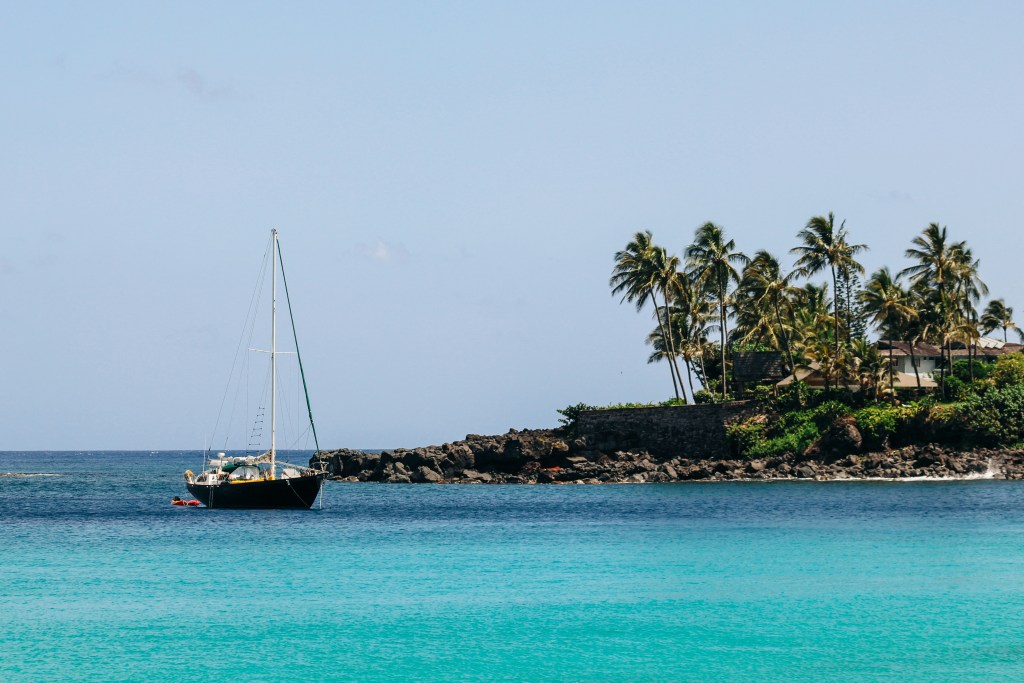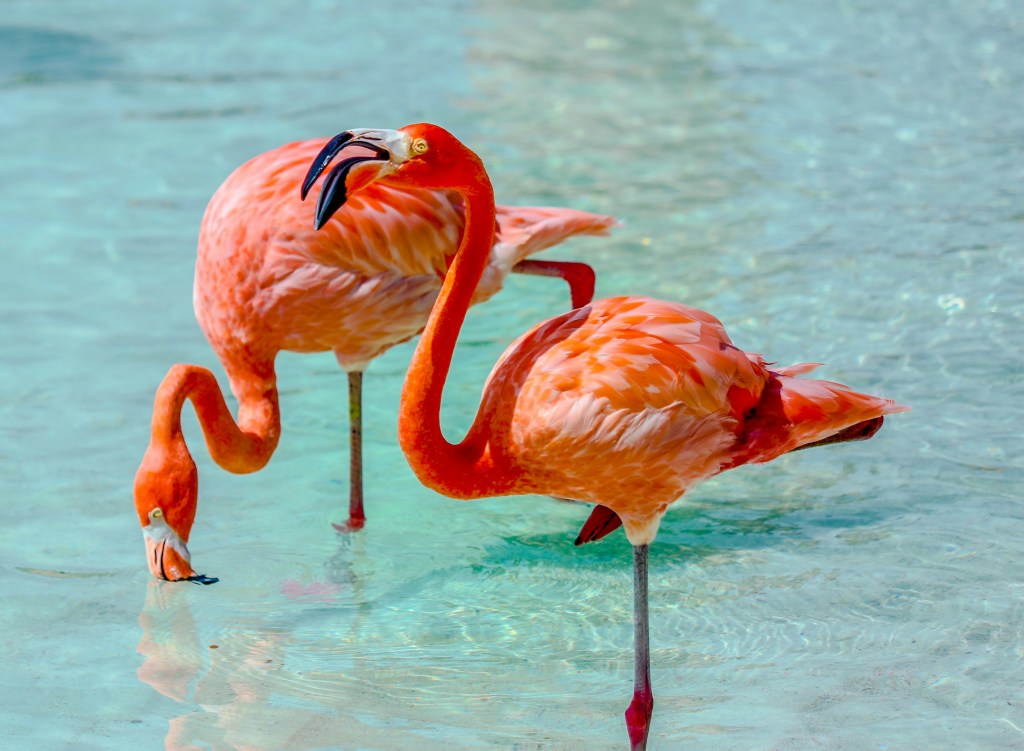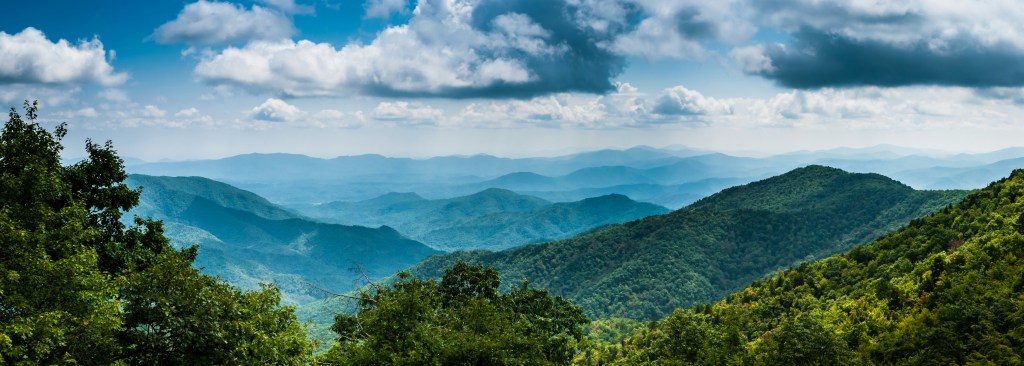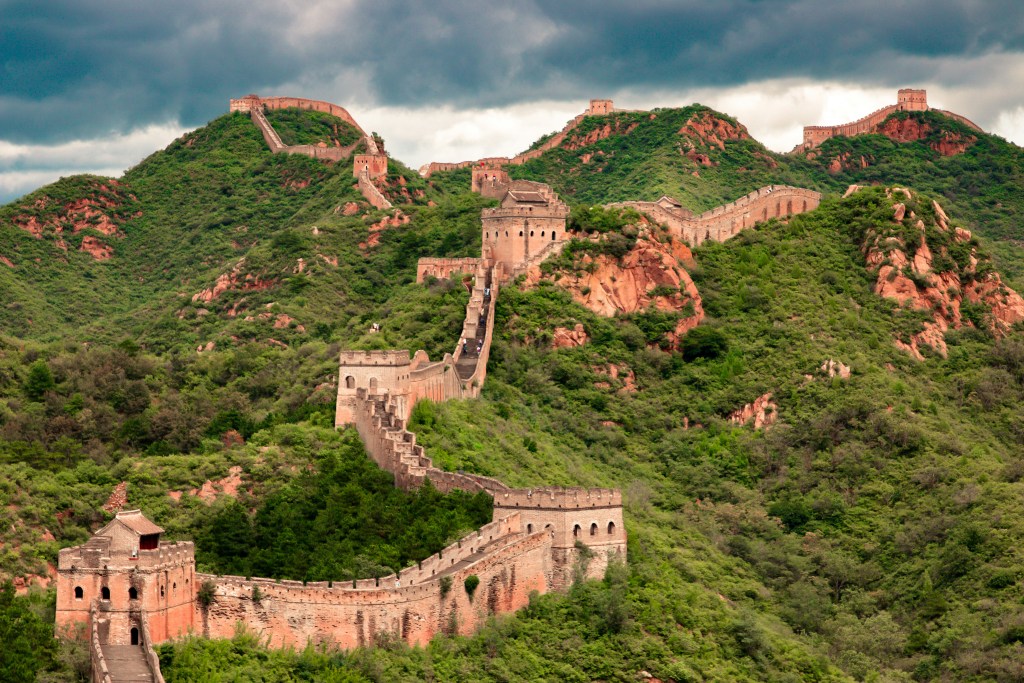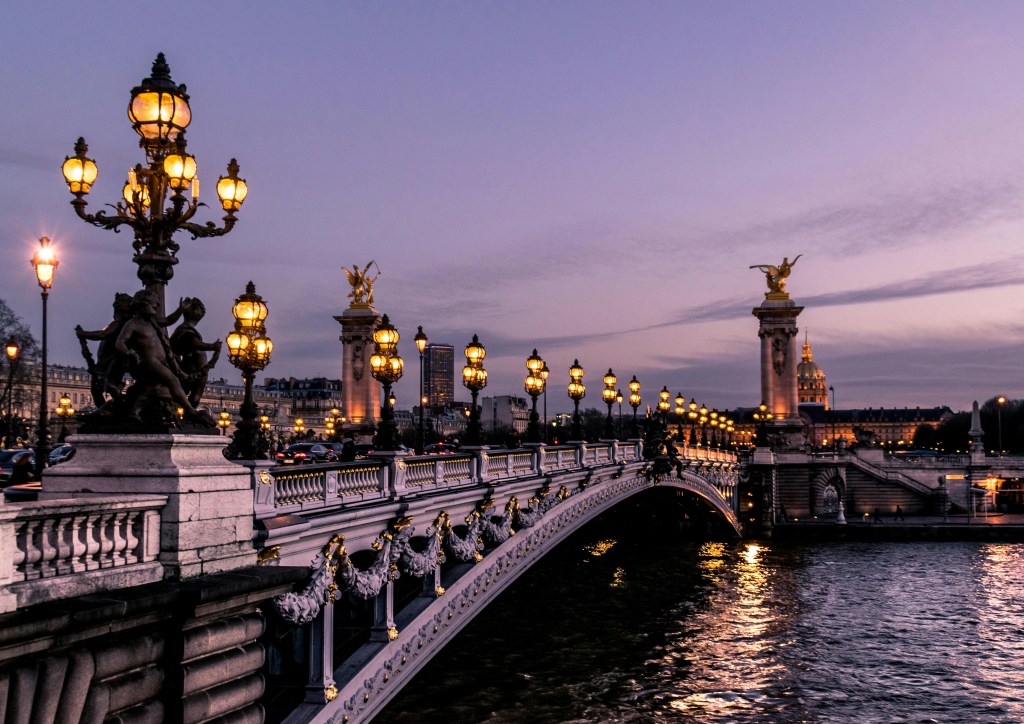Naturism has been around for millennia. The world over, some people simply feel more comfortable in their bathing suits.
That’s the entire point for the average naturist: to be free just as they are.
There are no sexual undertones, no swinger’s parties, and no casual leering. It’s pure freedom, just like the 60s and 70s-era hippies might have posited.
Unfortunately (and probably unsurprisingly) the opportunity to get buck naked with zero expectations doesn’t come around often. In fact, unless you seek it out, the chance probably won’t ever come around.
But travelers do have options. Depending on where you are in the world, you might have the chance to feel the wind (and sand) against your body’s palest little crevices.
If there’s one place humanity feels a little more accepting of nudity, it’s the beach.
I’ve uncovered (wink wink) some of the most accessible and highly rated nude beaches in Europe and North America. Each is within reach of a major city, giving you the chance to go natural sooner than you might have ever imagined.
Nude Beach Basics
As a naturist myself, I like being naked on the beach. And as a Spanish resident, I get to do that at least a few times a year.
But there are a few things I’d like first-time naturists to be aware of. (Or wary of, more appropriately.)
First, beach-goers shouldn’t have their phones out on a nude beach. If the beach is crowded, you might not notice that others are filming. (It’s a sad reality!) So, I recommend sticking to beaches where almost everyone is naked and voyeurs aren’t allowed.
Second, be wary of what I call the ‘white shaman’ effect. If you’re getting naked because you’re on a New Age trip, then groove on, my friend! But beware of a certain type of nudist who seems to offer spiritual enlightenment to every woman in his vicinity.
Now on to the fun stuff!
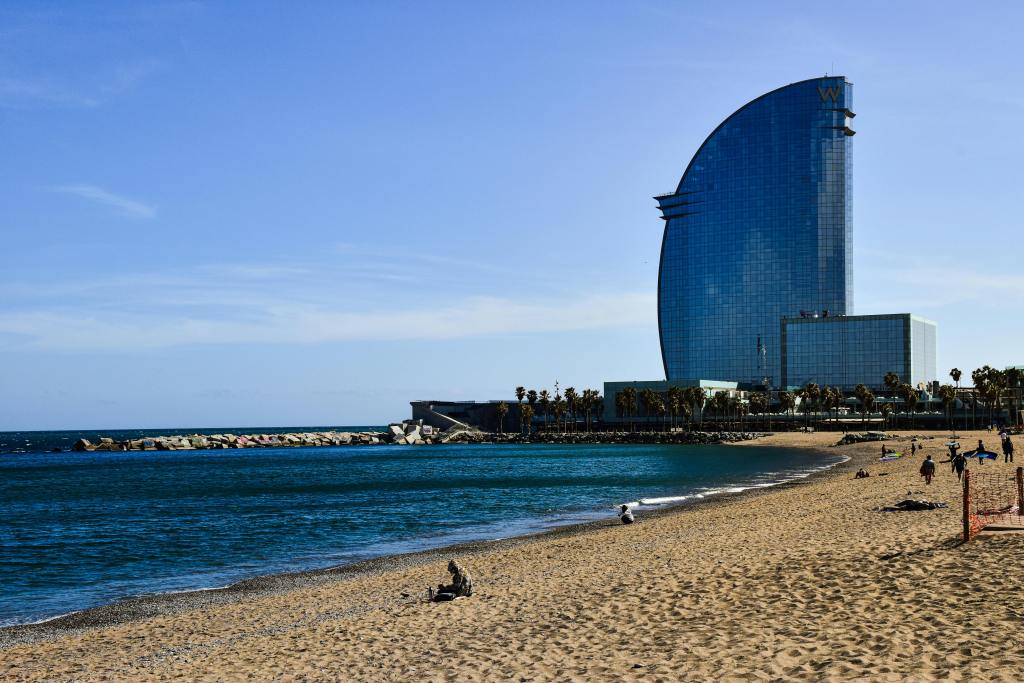
Mar Bella, Barcelona
Mar Bella is located right in the city of Barcelona. Though the city tolerates nudity on its beaches with gusto, Mar Bella has an official nudist section.
Best of all, it’s mostly used by locals—no need to worry about next-level-noisy tourists.
I’ve personally noticed that most nude beaches in Barcelona are frequented by adults and elders. In other words, there isn’t a sexual overtone. It’s just about being comfortable in the heat and near the water. Though it might be a bit crowded for first-timers, I feel comfortable at Mar Bella.
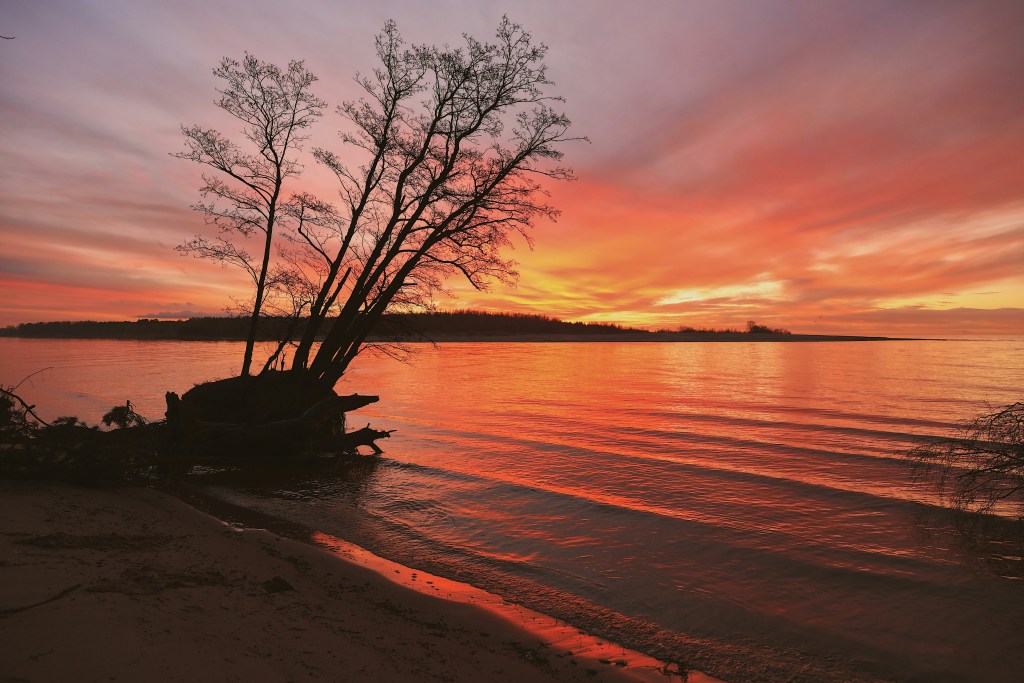
Vecaki Beach, Riga
As the capital of Latvia, Riga’s warm months are fleeting. Unsurprisingly, locals spend almost every day in the outdoors to take advantage of the warm summer.
One way to do that is to head to Vecaki Beach on the Baltic Ocean. Near its northern end is a nudist section. As with most Northern European countries, there’s a very lax approach to nudity.
In addition to nude beaches, you can find nude spas and saunas throughout Latvia, Lithuania, Estonia, and neighboring Scandinavian countries.
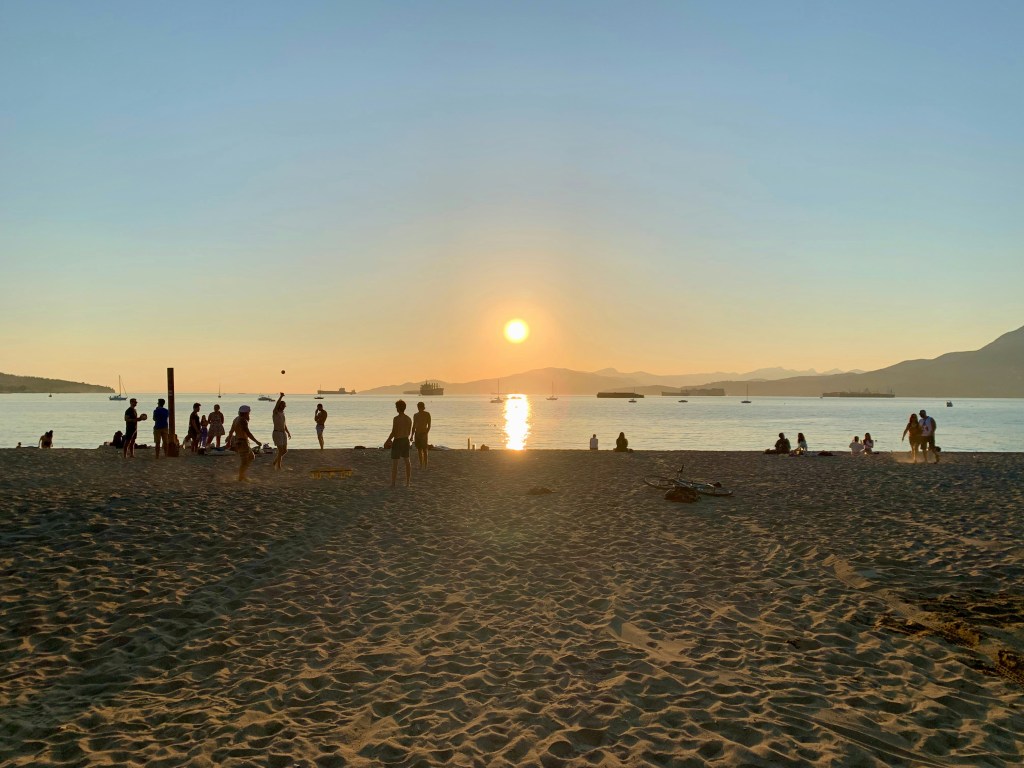
Wreck Beach, Vancouver
If you’ve spent time in Vancouver, you’ve probably heard of Wreck Beach. It’s one of Canada’s most-visited beaches, a hotspot for both locals and visitors. Most go for the stunning views of the Pacific and lovely forest trails.
Uniquely, the entire beach is open to naturism. Similar to Barcelona, its proximity to the city might mean this beach is a little too busy for newcomers to feel comfortable.
In addition, Canada isn’t nearly as open to nudity as European locations—meaning you really need to beware of photography.

Agesta Beach, Stockholm
Canada, like the US, might have a more restricted take on nudity—but Sweden, just like Latvia, largely considers nudity natural.
In other words, it’s accepted by society, meaning you’ll see people of all ages rubbing (bare) elbows at places like Agesta Beach. In fact, this nude area has picnic tables, restrooms, and barbecue areas—amenities that aren’t normally offered at other naturist beaches.
Unlike other destinations, Agesta Beach is actually located on a lake. You can access the lake from Stockholm by train.
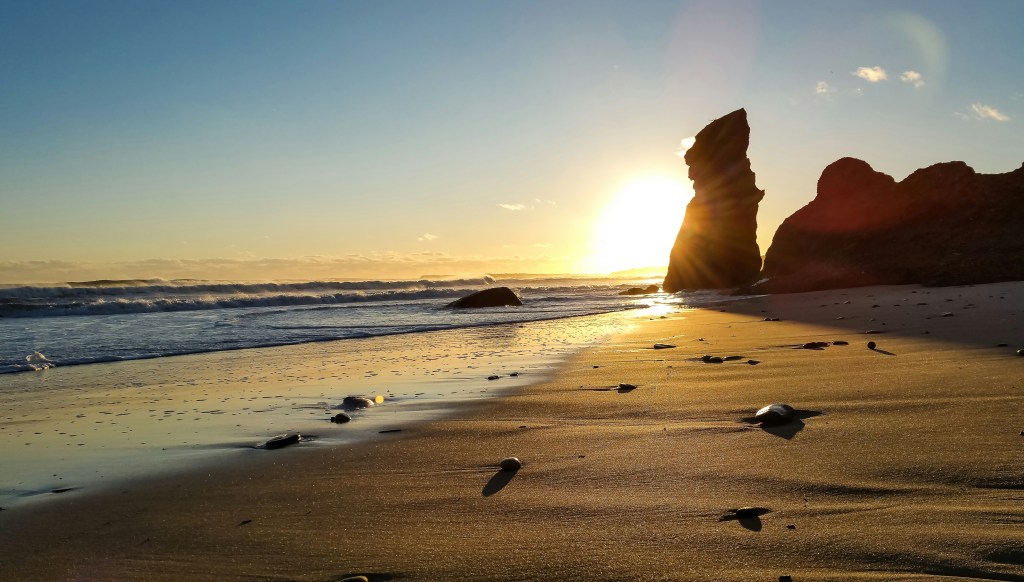
Moshup Beach, Martha’s Vineyard
That’s right—one of America’s most classic and bougie destinations has a nude beach. To the right of the main Moshup Beach stretch, you can find sunbathers in their birthday suits.
But it gets a lot more intriguing than that.
Nearby is a rock formation called Gay Head Cliffs, which naturally blocks off the nudist area from passers-by. I haven’t seen this elsewhere, which makes Moshup a stellar option for first-time nudists.
But beware—these cliffs are a sacred site to the Wampanoag tribe, so they’re best left alone and given respect.


